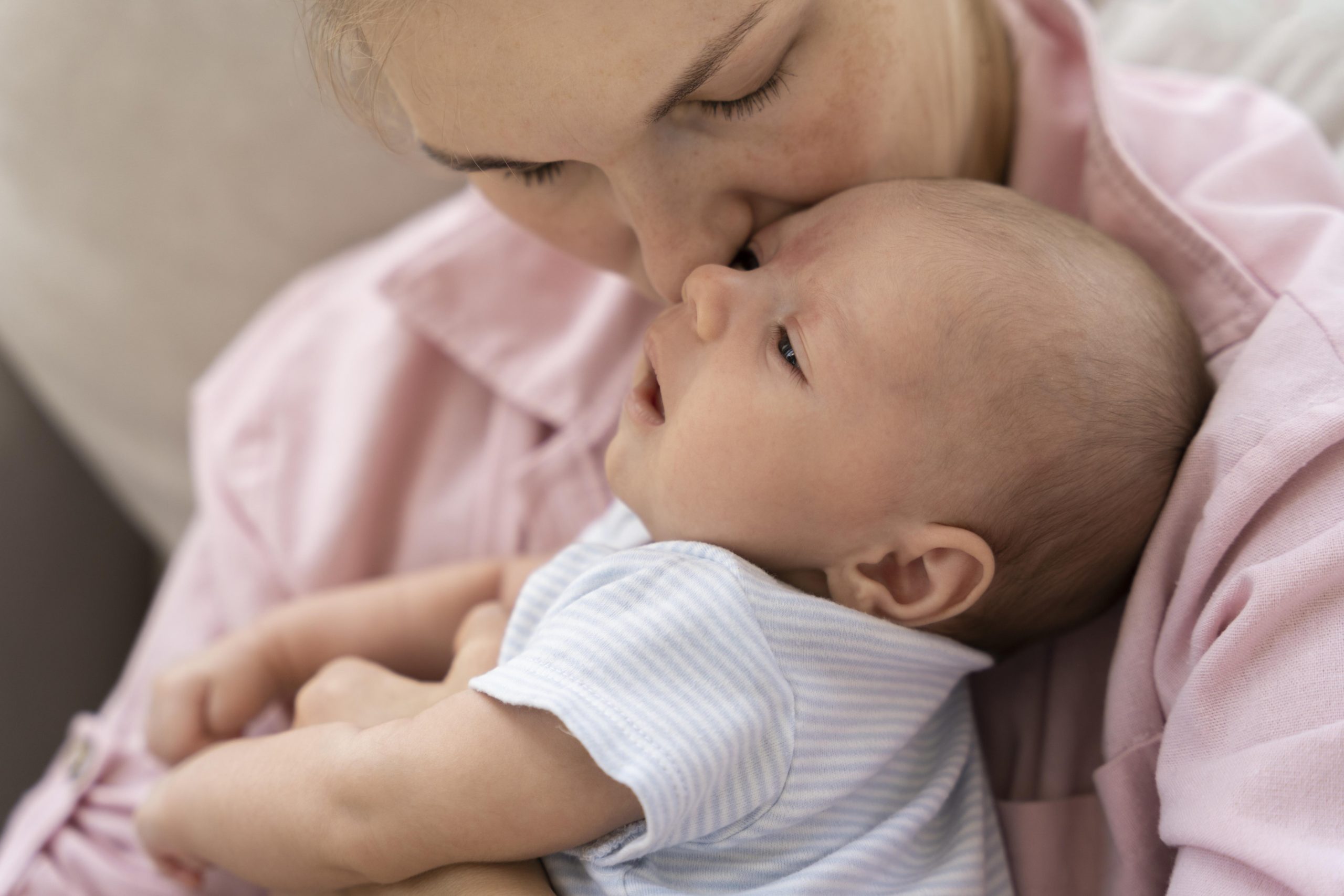

Every year, around 60,000 babies are born in the United States before 32 weeks of gestation, and 10% of them will develop cerebral palsy as a result of infections that destroy nerve fibers deep in the brain called white matter.
While it is recognized that white matter loss would result in neurological abnormalities, there is currently no medication available to help these newborns prevent this outcome.
Duke Health researchers discovered a fatty chemical in breast milk that initiates a process in which stem cells in the brain make cells that construct new white matter, repairing the harm.
The findings were published in the journal Cell Stem Cell on August 3rd. The study’s corresponding author is Eric Benner, M.D., Ph.D., a distinguished assistant professor in the Department of Pediatrics at Duke University School of Medicine. Benner stated that more research in a clinical trial is required, although the results are promising.
“Developing therapies for children — especially such medically fragile children — is very difficult to do because there are justifiably strict safety concerns,” Benner said. “The fact that this molecule is already found in something that is safe for premature babies – breast milk – is extremely encouraging.
“It’s been known that fats in breast milk benefit a child’s brain development, but there are many types of fats in breast milk,” Benner said. “This work has identified a lipid molecule in breast milk that promotes white matter development. Now, we can begin to develop a therapy that isolates and delivers this lipid in a way that is safe for the unique challenges of these infants.”
Benner is a Duke University neonatologist and one of the co-founders of Tellus Therapeutics, a Duke spinout firm formed with the assistance of the Duke University Office for Translation and Commercialization to bring this medication from the bench to the newborn critical care unit.
In a future clinical trial, the fatty molecule discovered in the study will be supplied intravenously to patients. This is critical since many of the infants in this vulnerable group also have gastrointestinal difficulties and cannot be given milk or medication by mouth properly.
The lipid molecule penetrates the brain and connects with stem cells, encouraging the stem cells to differentiate into or create oligodendrocytes.
Oligodendrocytes function as a center for the generation of white matter in the central nervous system. In pre-term infants, this freshly formed white matter prevents neurological damage that would otherwise impair the child’s ability to move, which is one of the hallmarks of cerebral palsy.
“The timing of brain injury is extremely difficult to predict, thus a treatment that could be safely given to all preterm babies at risk would be revolutionary,” said Agnes Chao, M.D., a former fellow in the Division of Neonatology and first author of the paper.
“As a neonatologist, I’m so excited that I may be able to offer a treatment to families with babies that are affected by preterm brain injury who would otherwise have no other options,” Chao said.
more recommended stories
 36-Week Pre-eclampsia Screening May Reduce Term Risk
36-Week Pre-eclampsia Screening May Reduce Term RiskA New Preventive Strategy for Term.
 Cardiovascular Risk and Sudden Cardiac Death in Diabetes
Cardiovascular Risk and Sudden Cardiac Death in DiabetesRising Sudden Cardiac Death (SCD) Risk.
 Poor Kidney Function and Alzheimer’s Biomarkers Explained
Poor Kidney Function and Alzheimer’s Biomarkers ExplainedPoor kidney function may influence levels.
 Walking Speed Before Hip Replacement Predicts Recovery
Walking Speed Before Hip Replacement Predicts RecoveryNew Evidence Points to a Simple,.
 Neuroblastoma Drug Combo Extends Survival in Models
Neuroblastoma Drug Combo Extends Survival in ModelsA Promising Shift in High-Risk Neuroblastoma.
 How Soybean Oil Impacts Weight Gain and Metabolism
How Soybean Oil Impacts Weight Gain and MetabolismWhy Soybean Oil May Affect Metabolism.
 Coffee and Cognitive Function: Evidence Review
Coffee and Cognitive Function: Evidence ReviewA new narrative review in Cureus.
 Colorectal Cancer Screening Rates Low in Adults 45–49
Colorectal Cancer Screening Rates Low in Adults 45–49Recent UCLA research reveals that colorectal.
 Gut Immune Cells and Long-Lasting Antiviral Protection.
Gut Immune Cells and Long-Lasting Antiviral Protection.Breakthrough Findings on How Gut Immune.
 Mild Pancreatic Duct Dilatation Signals Higher Cancer Risk
Mild Pancreatic Duct Dilatation Signals Higher Cancer RiskEarly Structural Changes Offer Critical Clues.

Leave a Comment